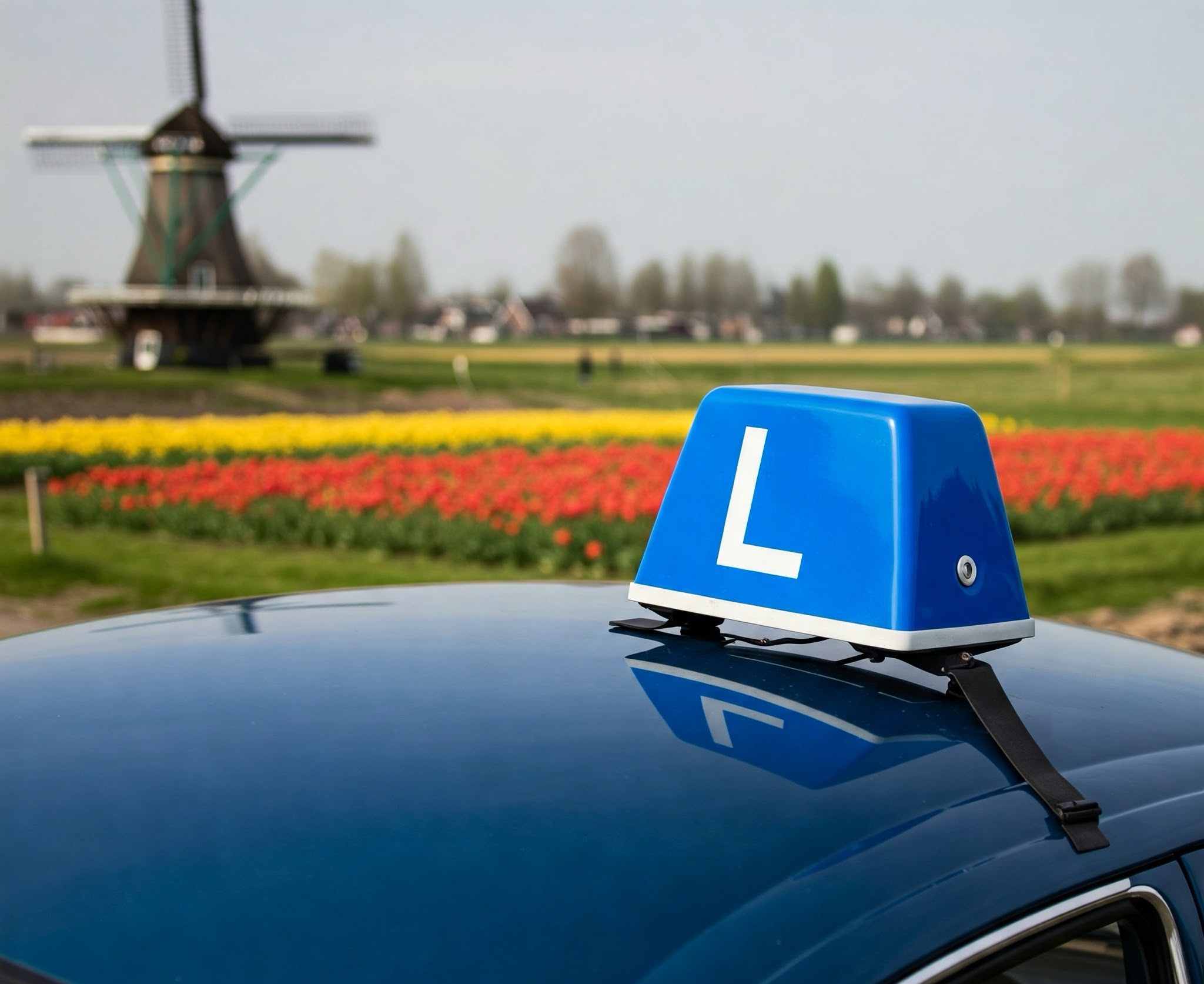From April 7: revamped theory exam B driving license
New design and pass limit
Upon completion of the exam, the candidate will receive one result immediately. To pass, a minimum of 44 of the 50 questions must be answered correctly within 30 minutes. The content and level will remain the same as the current exam, so candidates will not need to study any other course material. However, it is still important to start learning on time and choose a good learning method.
Changes from the current exam
Currently, the theory exam consists of 65 questions divided into the knowledge, understanding and hazard recognition sections. Each section has its own pass mark. In the new format, these are combined and the hazard recognition section is dropped in the form of a photo test. This will better test whether a candidate understands the traffic rules and can apply them correctly in different traffic situations.
Because the updated exam contains fewer questions, the pass mark has been redefined. Scientists from the Research Center for Examination and Certification (RCEC) and various traffic organizations, such as the police, VVN and SWOV, assisted in this determination. The difficulty level remains similar to the current exam.
Exam time and extra guidance
Candidates will have 30 minutes to take the exam. For exams with extra time, individual tutoring or an interpreter, the exam time will remain 45 minutes, as it is now.
Animated videos to support
In the updated exam, realistic traffic situations are more clearly portrayed with short animated videos. These help test hazard recognition by letting the candidate predict what will happen and how to respond.
Background and adjustments to the current exam
The current theory exam, in use since 2019, is administered some 750,000 times annually. It consists of three parts: hazard recognition (25 questions), knowledge (12 questions) and insight (28 questions). To pass, candidates must pass each section separately. Since its introduction, the exam has been regularly updated to reflect changes in laws and regulations and current traffic conditions. For example, in 2023 helmets became mandatory for moped riders and vehicles such as speedpedelecs and fatbikes have been incorporated into the exam.

